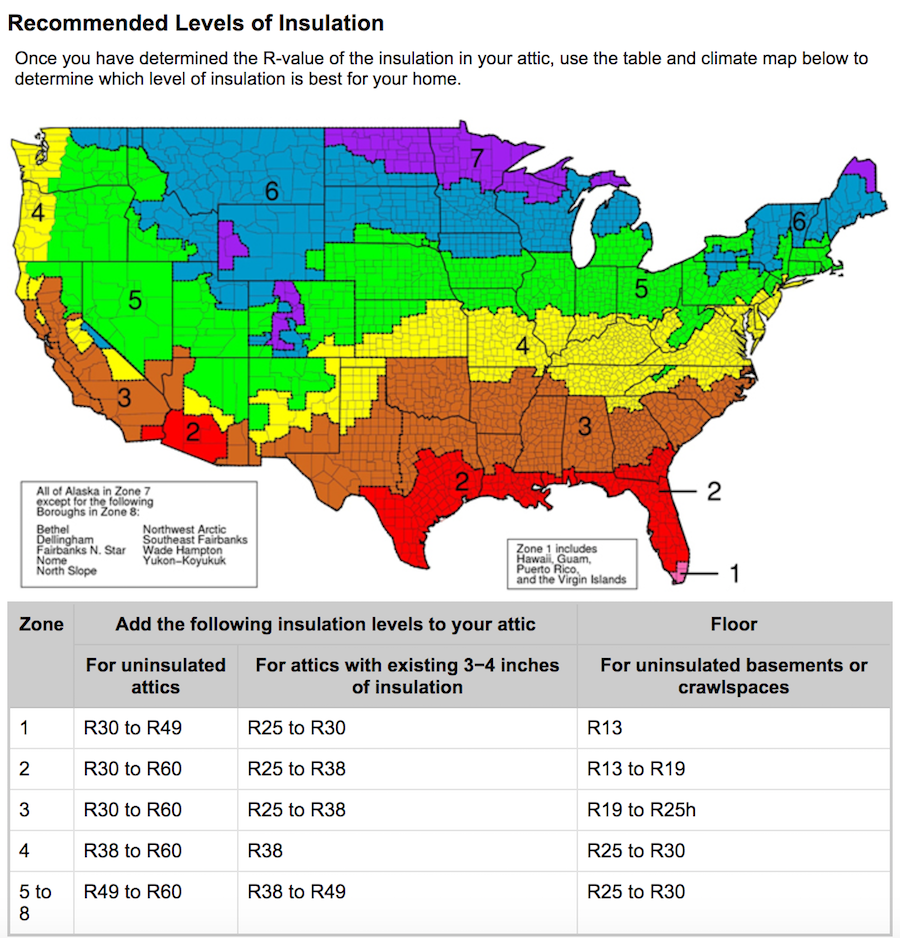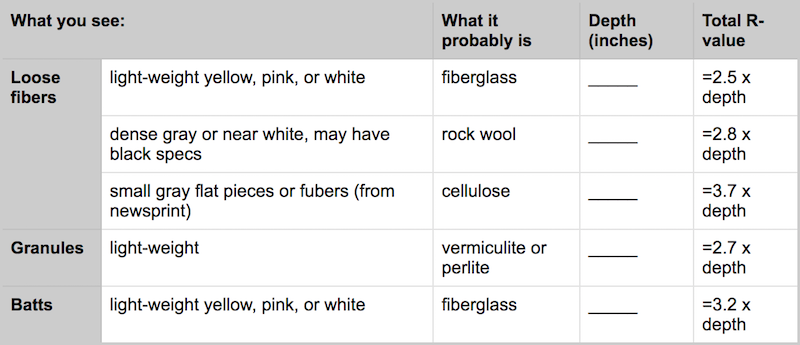Green Guide: 10 Energy-Efficient Home Improvements
Enjoy reading the latest DIY articles and saving money?
Receive our latest helpful hints, tricks and savings, directly to your inbox.
Posted June 1, 2017
Green Guide for Your Home:
Here are some of the best ways to improve energy efficiency and green your home:
Water Heater Temperature
While most hot water heaters are set to the standard 140°F, it’s much more energy-efficient to lower your temperature to around 120°F. This will not only reduce your home’s energy consumption, but will also reduce the risk of burnings and scaldings. Learn more water heating tips!
Energy-Efficient Lighting
Improve your home’s lighting and energy efficiency by changing your ambient, task, and security lighting to more energy-efficient light bulbs, such as CFLs and LEDs. Not only will light quality and lifespans improve, but you can also expect to use around 75% less energy than traditional incandescent. Oh, and they’ll last around 10-20x as long as well. For more information, read our Room-by-Room Lighting Guide.
Ceiling Fans
Did you know that ceiling fans help reduce energy use in both the summer and winter seasons?
In the summer, the energy efficiency benefits are clear. You can turn down the temperature or completely turn off your air conditioning with little change to your comfort levels. Since ceiling fans only cost a few cents to run per hour, it’s far more efficient than blasting the A/C.
Keep in mind that your ceiling fan does not actually lower the temperature in your home. Rather, it uses the wind-chill effect to make you feel cooler. This means that you actually have to be in the same room as the fan in order to experience the comfort improvements. Remember to turn off your ceiling and floors fans when you leave the room.
Vampire or Phantom Energy
You may not know this, but ALL of your devices plugged into the electrical system consume energy even when not in use.
This means that all those computers, lamps, phones, and entertainment system are costing you money even when they are turned off or in standby mode.
You can help manage this phantom energy loss by fully disconnecting the device from the wall when not in use.
You can also turn off power from the source (your circuit breaker) or flip the on/off switch on your surge protectors and power strips.
Programmable Thermostat
It’s a common misconception that programmable thermostats automatically save you energy. In fact, they are only as useful and energy-efficient as how you use them.
In order to save money with your programmable thermostat, you’ll need to actually program it. This depends on your schedule. While there are some useful guides for those working regular 9-5 jobs, keep in mind that your daily schedule may differ.
Program your thermostat to adjust itself automatically when you are not in need of heating or cooling. There are also models available that allow you to change the settings remotely from your smart phone.
Speak with your local HVAC contractor about programmable thermostat recommendations. And be wary of installing them yourself. There are many factors involved to proper thermostat installation, so at least consult with your HVAC technician beforehand.
Attic Air Sealing and Insulation
If you are experiencing high energy bills and inconsistent temperatures, it may be time to inspect your attic insulation. You can check the R-value of your attic insulation with a simple ruler or measuring stick.
Go into your attic and measure the depth of your insulation. Take measurements in a few different areas for an “average” amount. Take a picture for your records.
Once you know the average depth of your attic insulation, you’ll want to do a little math using the table below.
 Source: energystar.gov
Source: energystar.gov
If you only have a couple of inches of insulation, you’ll definitely want to add some.
Learn more about attic insulation with our DIY Attic Insulation and Air Sealing Guide. Don’t forget to insulate the attic hatch as well.
Luckily, you can fix most attic insulation deficiencies yourself with some weatherstripping, caulk, expandable foam spray, and mastic sealant/aluminum foil tape.
TIP: Seal all air leaks before adding insulation material. If you can see attic floor joists, you almost definitely need additional insulation.
Energy-Efficient Appliances
Whether it’s a new washing machine, dryer, dish washer, oven, refrigerator, or HVAC system, it’s important to look for energy efficiency claims. You can go the safe route by simply choosing to buy ENERGY STAR-qualified equipment, which has to meet stringent energy-efficiency requirements.
By upgrading your appliances, you’ll not only use less water, but less energy as well. Recent technological improvements have drastically improved energy efficiency levels.
High Efficiency HVAC
Choosing an energy-efficient HVAC system is a little more difficult than choosing energy-efficient appliances, which is why it’s important to consult with a professional HVAC contractor and get a second opinion.
Choosing energy-efficient HVAC equipment is important, but what’s even more important is choosing the right company to do the installation.
Unfortunately, over half of all new HVAC systems are improperly installed, which could lead to many problems, including forfeiting any manufacturer warranties that may be in place. That’s why it’s so important to hire a professional to do the installation.
If your HVAC contractor doesn’t do a full inspection of your home and existing system, they are doing it wrong. Many times, improper installations are due to the fact that technicians take the easy route by simply replacing your existing system with a similarly sized one.
The problem with this is that your first system may have been improperly sized to begin with or your home has changed to accommodate a different size system.
Learn everything you need to know before buying a new HVAC system.
Xeriscaping
Xeriscaping is basically landscaping with native and drought-tolerant plants that don’t need a lot of water. Not only does it improve drainage, but it can also make your front, side, and back yards look a lot better.
Some of the benefits of xeriscaping include:
- Reduce landscaping water usage by at least 60%.
- Increases home value
- Minimizes the need for mowing
- Less water demand means less landscaping maintenance
- No more harmful pesticides and fertilizers
Happy St. Paddy’s Day!
 Daily Promotion
Daily Promotion
$500 Off Tankless Water Heater
Upgrade your comfort and give back this season.
Get Promotion
